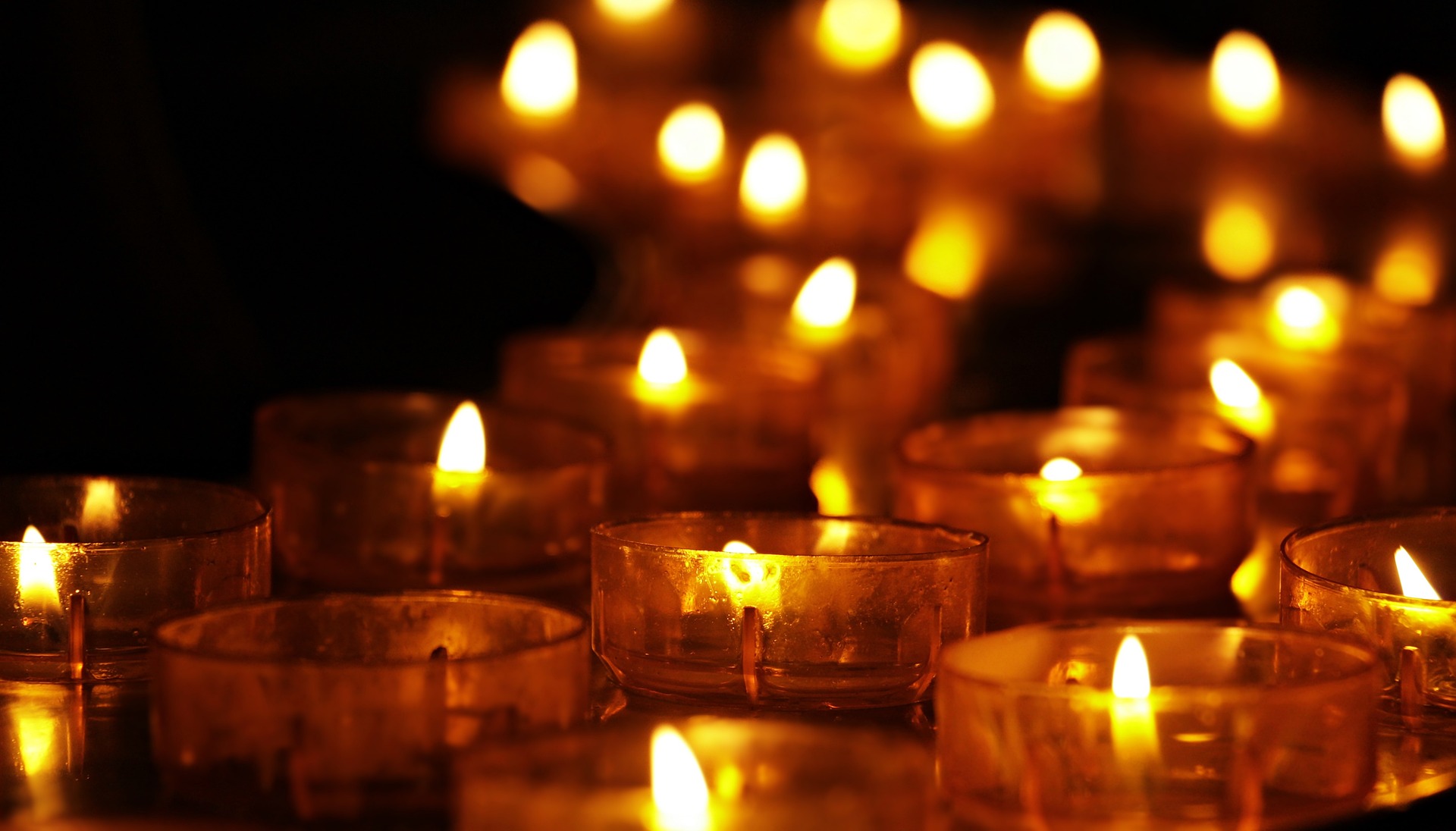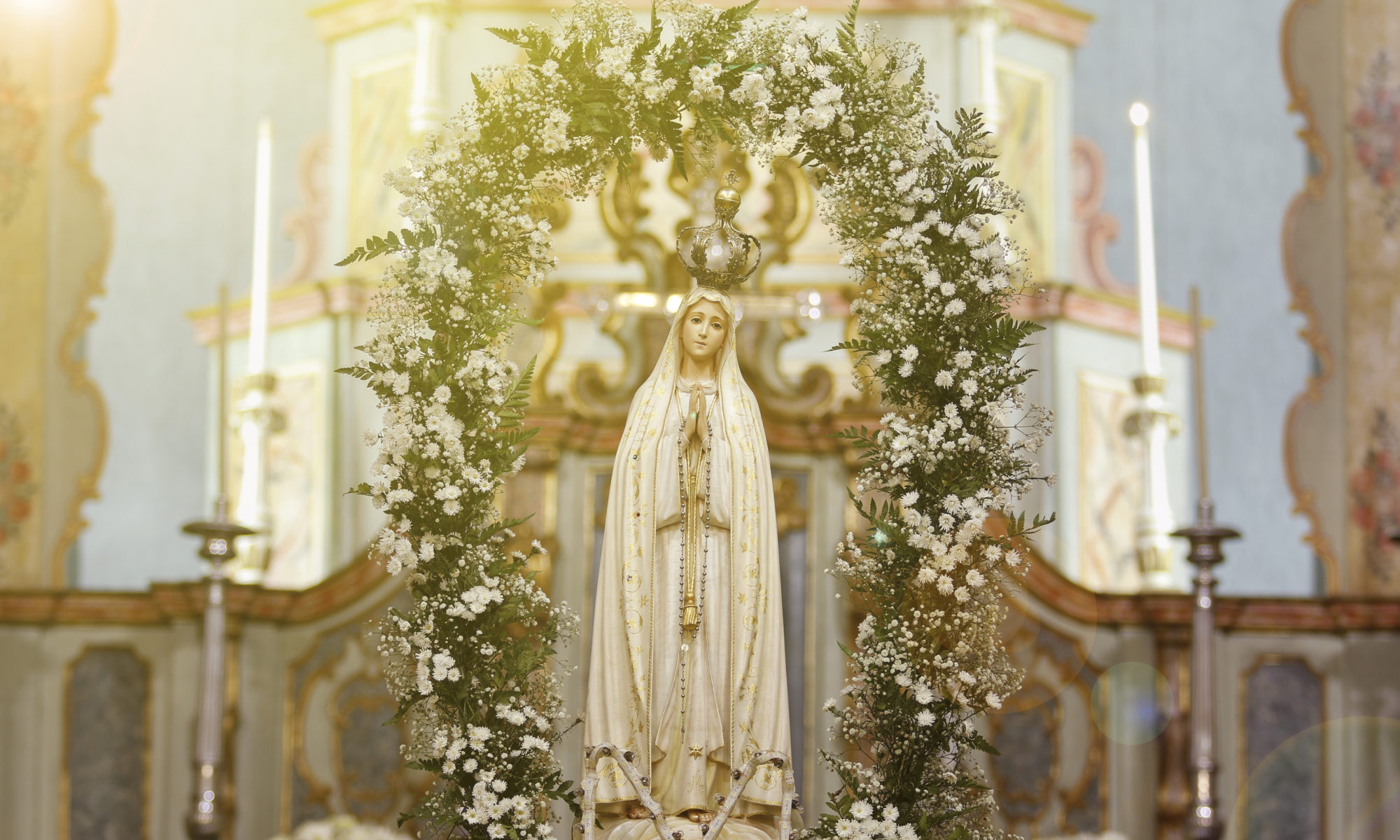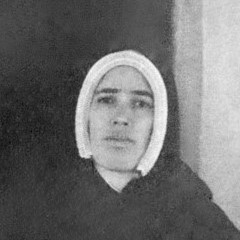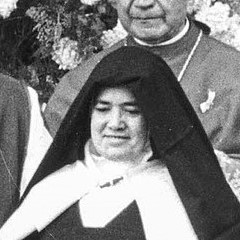Portugal is a fascinating country for Catholics. It has many beautiful and historic churches, including the Jerónimo Monastery, which is a World Heritage Site. Above all, it is the country where a series of apparitions of the Blessed Virgin Mary, our Lady of Fatima, took place.
Has Our Lady of Fatima been recognized by the Vatican as an authentic apparition?
The Virgin Mary of Fatima is known, even to non-Catholics, because of her miracles and her prophecies concerning the Last Judgment. Before believing in this apparition, however, it is important to check whether the Vatican has recognized it.
The Catholic Church has investigated numerous alleged apparitions of Our Lady. Traditionally, the Catholic Church takes time to recognize apparitions and other miracles; in the 20th century, a whopping 386 apparitions of Our Lady were reported to the Vatican with requests for approval, but, with regard to 299 of them, the Vatican has not given a definitive answer.
Of the remaining 87, the Church has decided in 79 cases that the alleged apparitions were not of a supernatural character. So, out of the 386 alleged apparitions, there are only eight cases in which the Church has decided that, yes, the events were of a supernatural character. Our Lady of Fatima is one of those eight cases. (University of Dayton)
On October 13, 1930, José Alves Correia da Silva, Bishop of Leiria, deemed the Fatima apparitions worthy of belief and authorized a general devotion to the Virgin under the name Our Lady of the Rosary of Fatima. The feast day of Our Lady of Fatima was set for May 13, but, for a long time, it remained only a local feast.
In 1940, Pius XII declared that the apparition at Fatima was an authentic, supernatural apparition of Our Lady, the Blessed Virgin Mary. In 2002, the feast day was included in the Universal Calendar of the Catholic Church, and it has remained an official feast day of the Church to this day.
The apparition of the Virgin Mary of Fatima to three shepherds
On Sunday, May 13, 1917, the Virgin Mary appeared to three shepherd children, Lucia (1907-2005?), Lucia’s cousin Francisco (1908-1919), and his sister Jacinta (1910-1920); all three children lived in the small Portuguese village of Fatima.
It was Sunday, and the three children had gone to Mass early in the morning. After Mass, they took their flock of sheep to a place known as the Cova de Iria to graze. While the sheep were grazing, the three children spent their time eating lunch and praying.
It was a sunny day with blue skies. They were playing games as usual. Then, suddenly, they saw a strong light. Seeing the sudden light, the children thought it was lightning, and they hurried to get the sheep home. It was then that the second light shone. On top of a small holm oak tree, the three saw a glowing woman in a white dress. (Abridged from Fatima for Today, by Fr. Andrew Apostoli, C.F.R.)
Of the three, only Lucia was able to speak with the Virgin Mary. Francisco could see the Virgin, but he could not hear or speak to her. Lucia later said that the Virgin Mary looked like a young woman of about 17 years old (Fatima for today).
The three children, whose fates were as prophesied by Our Lady of Fatima.
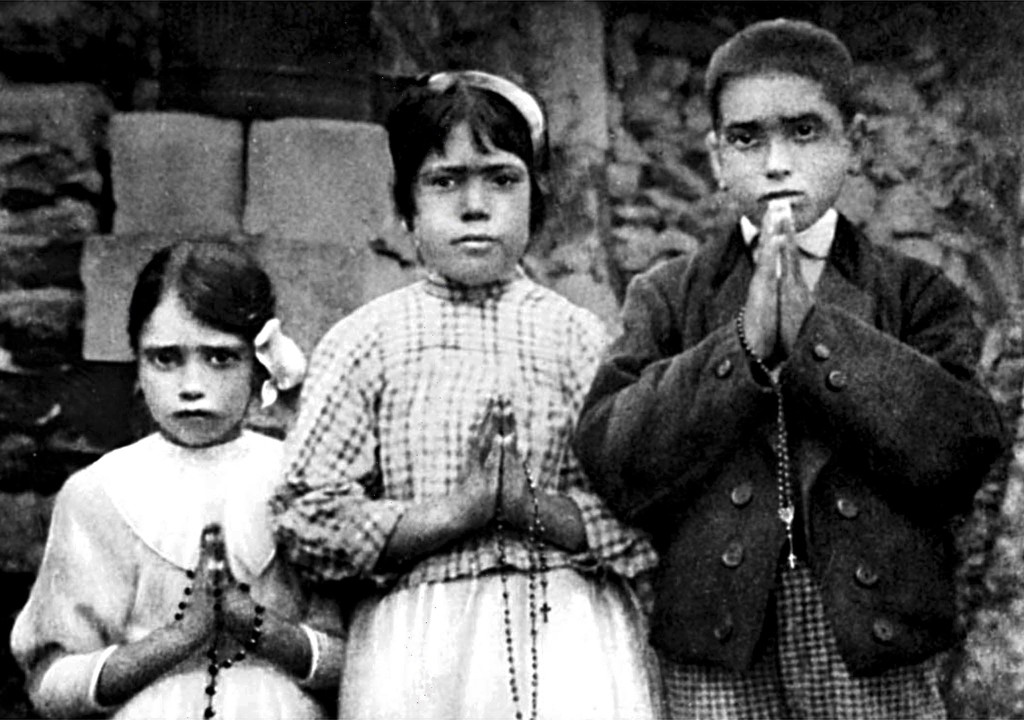
During the second apparition of the Virgin on June 13, when Lucia asked, “Will you take us to heaven?” the Virgin replied, “I will take Jacinta and Francisco immediately. You will stay here a little longer.”
Jacinta and Francisco died a few years later, just as Our Lady of Fatima had prophesied. They both died of the Spanish flu, Francisco on April 4, 1919, and Jacinta on February 20, 1920. Lucia then became a boarder at the school of the Sisters of St. Dorothy at the age of 14, entered the convent in Tuy, Spain, as a postulant of the Institute of the Sisters of St. Dorothy, and made her first vows on October 3, 1928. On October 3, 1934, she took perpetual vows, and assumed the name Sister Mary of the Mother of Sorrows.
She returned to Portugal in 1946, and entered the Carmelite Convent of Santa Teresa in Coimbra in March 1948, where she remained for the rest of her life.
(Servant of God Lucia Santos | EWTN)
Jacinta and Francisco became the youngest non-martyr saints.
It is said that Francisco’s only dream was to go to heaven. Before his death, Jacinta, who was only seven years old, told Lucia that the Immaculate Conception would lead us on the path of salvation, which requires prayer, conversion, and devotion to the Blessed Virgin. Francisco and Jacinta, although they were young children, were endowed with a deep spirituality, and people even asked God to intercede for them through their prayers.
On May 13, 2000, Jacinta and Francisco were beatified by Pope John Paul II. On May 13, 2017 (the 100th anniversary of the first apparition of Our Lady of Fatima) they were canonized by Pope Francis. Their feast day is February 20.
Jacinta Pereiro Marto, a niece of Jacinta and Francisco, described them in an interview with CNA on the occasion of their canonization on April 20, 2017.
She said that Francisco was focused on “praising God, adoring God, worshiping God.” Jacinta, however, was primarily concerned with conversion, and desired that “everyone return to God, that everyone convert, that everyone go to heaven.”
The apparitions at Fatima, and the subsequent canonization of the children, clearly make manifest the words of our Lord Jesus Christ, when he said:
“Let the children come to me, and do not hinder them; for to such belongs the kingdom of heaven.” (Matthew 19:14).
The Mystery of Sister Lucia
After the early deaths of Jacinta and Francisco, Lucia, the only one left of the three, became a nun and eventually joined the Carmelites, but there has been great mystery surrounding Lucia since 1948.
According to official statements from the Vatican, Lucia died in 2005 at the age of 97. Many people, however, believe that she actually died long before, and that the Lucia who died in 2005 was not the real Sister Lucia of Fatima.
SISTER LUCIA TRUTH began working with various experts and medical professionals in 2017 to investigate whether it was indeed the real Sister Lucia who died on February 13, 2005. They compared photographs of Sister Lucia, as well as her handwriting and facial structure. The results are described below.
They have determined that two women actually existed: the real Sister Lucia, to whom our Lady of Fatima appeared in 1917, and an imposter who presented herself as the real Sister Lucia of Fatima from at least May 13, 1967, until her death on February 13, 2005.
Since the truth has not yet been revealed, it is up to the individual to decide whether or not to believe the results of their analysis. On the other hand, if one compares the 1946 and post-1967 photos of Sister Lucia, even a non-expert can clearly see in the 1967 photos a different person from the Lucia in 1946 photos. If there were two Sister Lucia’s, what on earth were they for? And where did the real Lucia disappear to?
Image: Statue of the image of Our Lady of Fatima
Continued in part two.
